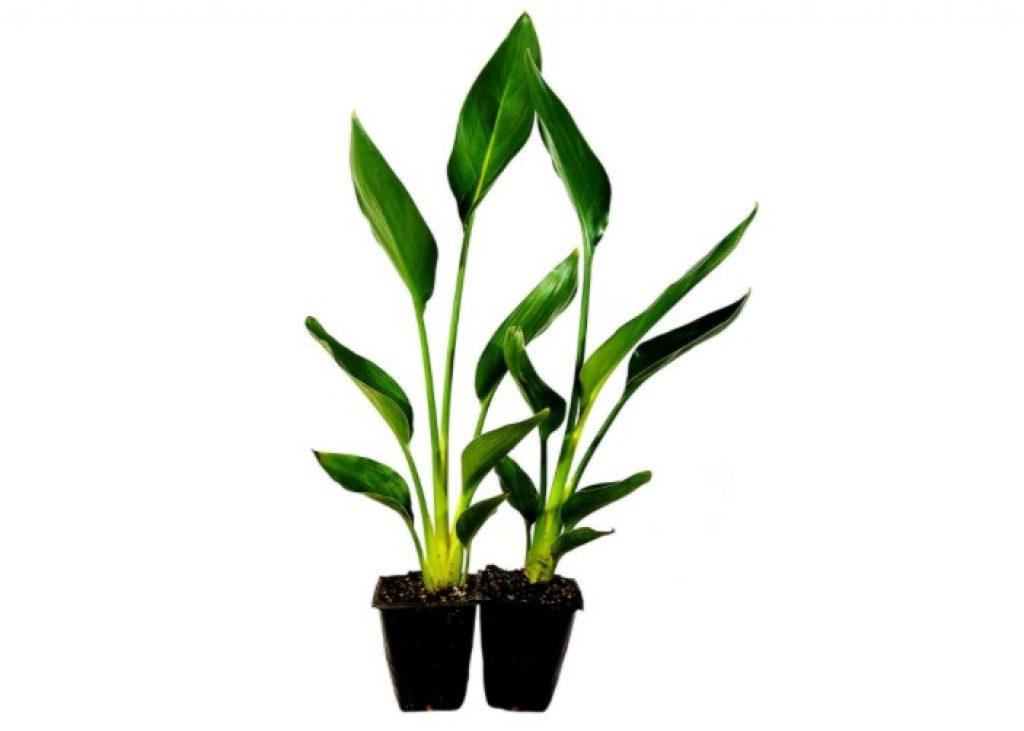Bird of Paradise is a name to several ornamental plants, i.e., Erythrostemon gilliesii (Barba de chivo, yellow/desert bird of paradise or bird of paradise bush), Caesalpinia pulcherrima (peacock flower, poinciana, the pride of Barbados, dwarf poinciana, Flos Pavonis, flamboyant-de-Jardin or red/Mexican bird of paradise) or genus Strelitzia or crane flowers.
Strelitzia has five recognize species. Three of the species, i.e., S. alba (Cape wild banana or white-flowered wild banana), S. caudata (wild banana or mountain strelitzia), S. juncea (narrow-leaved bird of paradise or rush-leaved Strelitzia) are not ornamental flowers while

The other two species, S. reginae and S. Nicolai (wild banana or giant white bird of paradise) are popular ornamental and house plants.
Finally, Caesalpinia pulcherrima and Erythrostemon gilliesii belong to the pea family
Fabaceae, while Strelitzia is a member of the birds-of-paradise plants family, Strelitziaceae.
Are they safe or poisonous?
The attractive, waxy, evergreen foliage resembles banana leaves with long upright stalks that attached to rhizomes (underground stems) and brilliant colored flowers with “blue base petals arising from a dark green spathe, topped with an upright fan of bright orange sepals.”(1) makes it these houseplants quite a beauty.
Unfortunately, bird of paradise plants are toxic to cats, dogs, and horses, with the seeds and fruits being the leading causes of toxicity since they are gastrointestinal irritants. However, since while indoor it rarely blooms, its toxicity chances are considered low.
Some of the signs of toxicity in cats include mild nausea, drowsiness, and vomiting in cats. It is also mildly toxic to humans with similar symptoms but only if you ingest massive amounts.
If you suspect your cat has ingested Strelitzia seeds and fruits and has any of the symptoms we have mentioned, talk to your vet or call any pet poison helpline.
Therefore, our best advice is to avoid having these house plants or others such as lilies, sago palms, amaryllis, chrysanthemum, English ivy, pothos, Schefflera, aloe vera, Monstera Deliciosa, jade plants, snake plants, dumb cane, among many others.
Alternatively, you may want to consider ways to prevent your cat from accessing these your bird of paradise plant. There are many ways to do so, including cat-proof plant terrarium, investing in repellents and deterrents, training your cats not to eat plants, giving them safe alternative plants in they love grazing, and so on.
However, since they grow large, it may not be easy to protect them effectively from your cats. Instead, we recommend going for safe and harmless houseplants like friendship plants, Goldfish plant, Peperomia, pheasant plant, Rattlesnake plant, wax plant, money tree, maidenhair fern, Christmas cactus true palms such as areca, parlor, or ponytail among others.
Caesalpinia and Erythrostemon gilliesii are more toxic
Since they are also known as bird of paradise, as we already mentioned, it is good to warn you about these plants since they are more toxic and must be avoided. Their seeds and seed pods are very toxic
Formerly known as Caesalpinia gilliesii, Erythrostemon gilliesii is toxic to cats and dogs since it has hydrocyanic acid, which will cause intense burning, and oral irritation (tongue, lips, and mouth), drooling, diarrhea, vomiting, poor coordination, and swallowing difficulties. Deaths in bunnies have been reported.
On the other hand, Caesalpinia pulcherrima orpeacock flower is toxic to feline because it has tannins and GI irritants that will cause diarrhea and vomiting.
